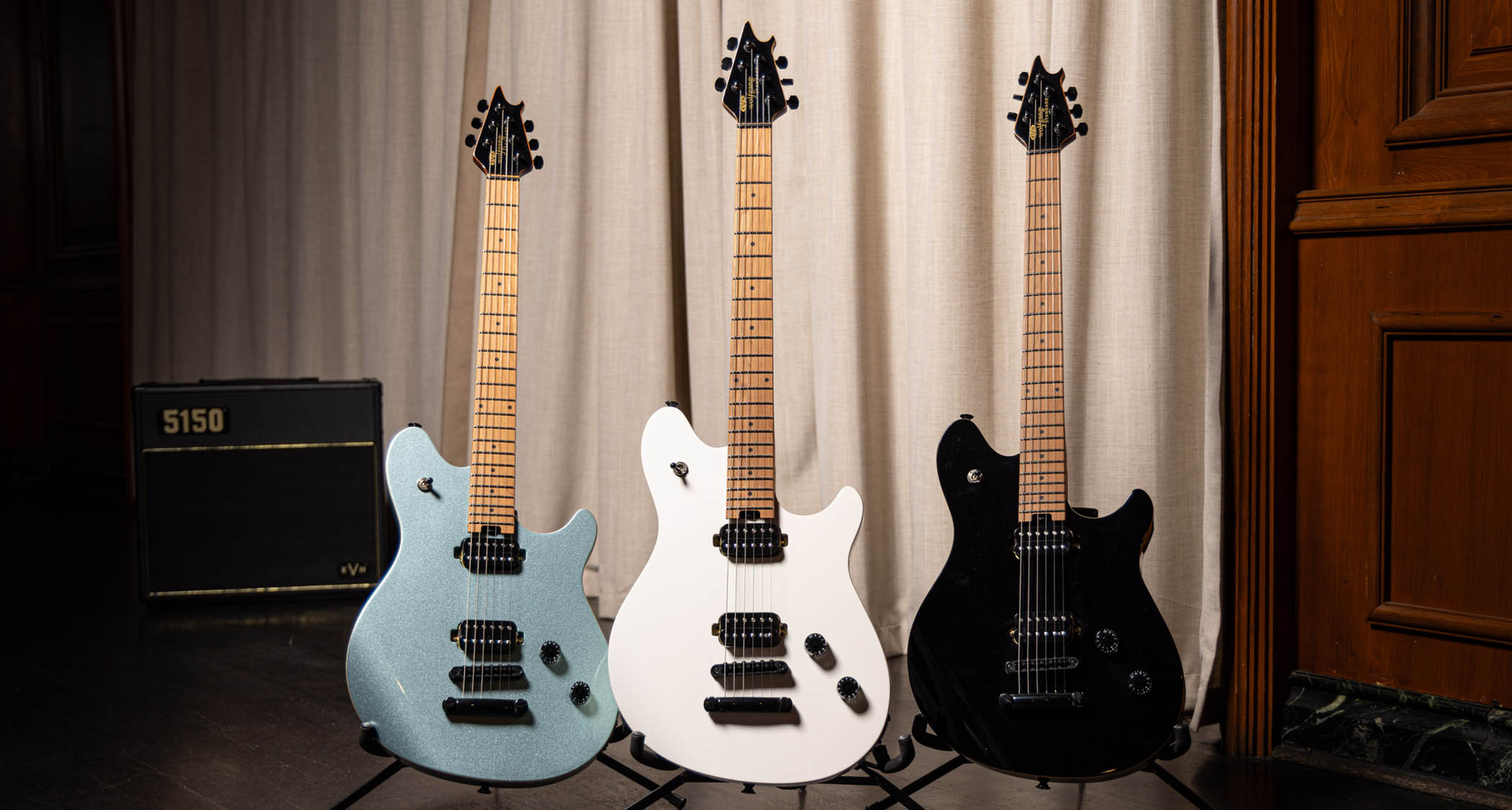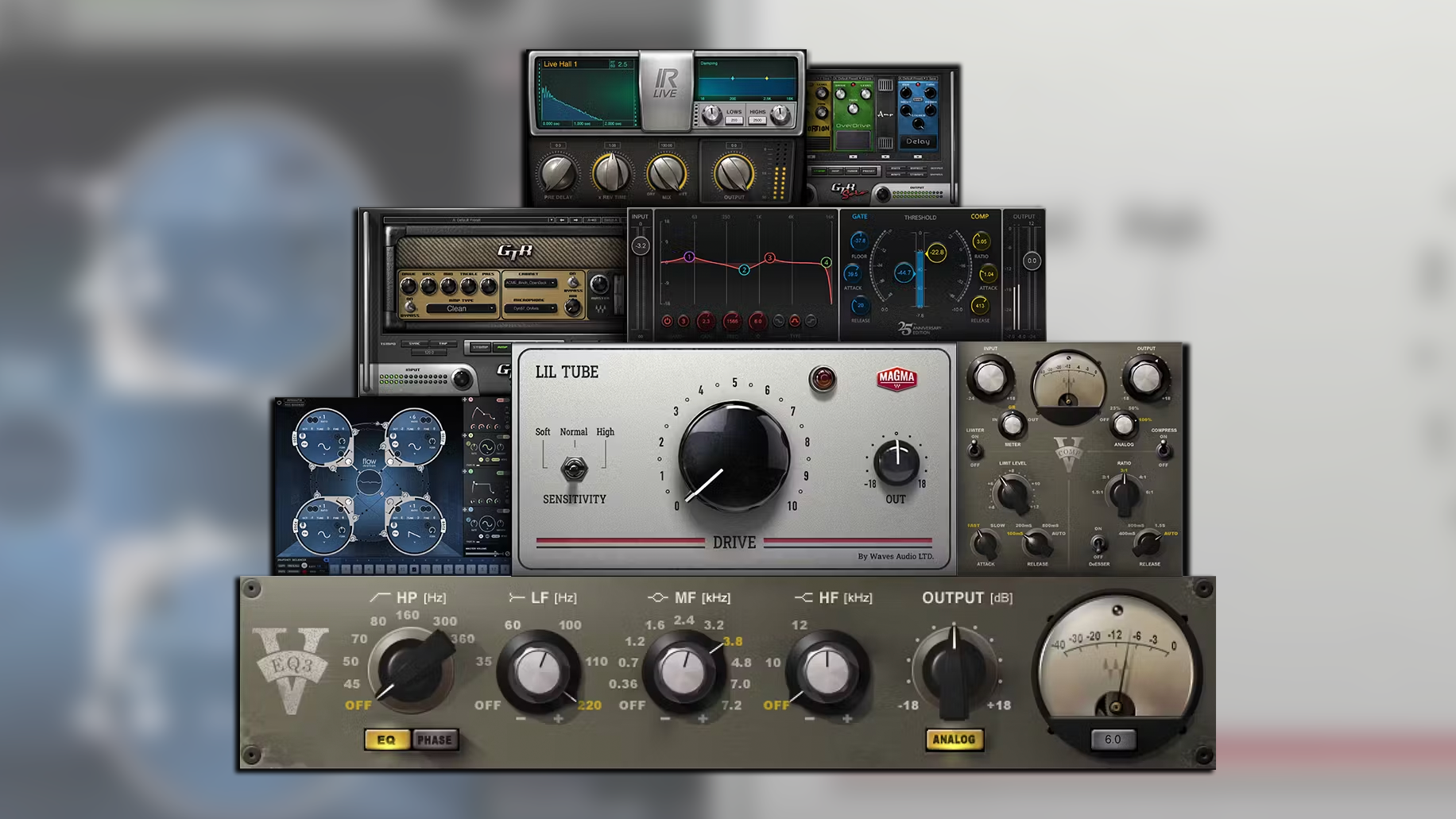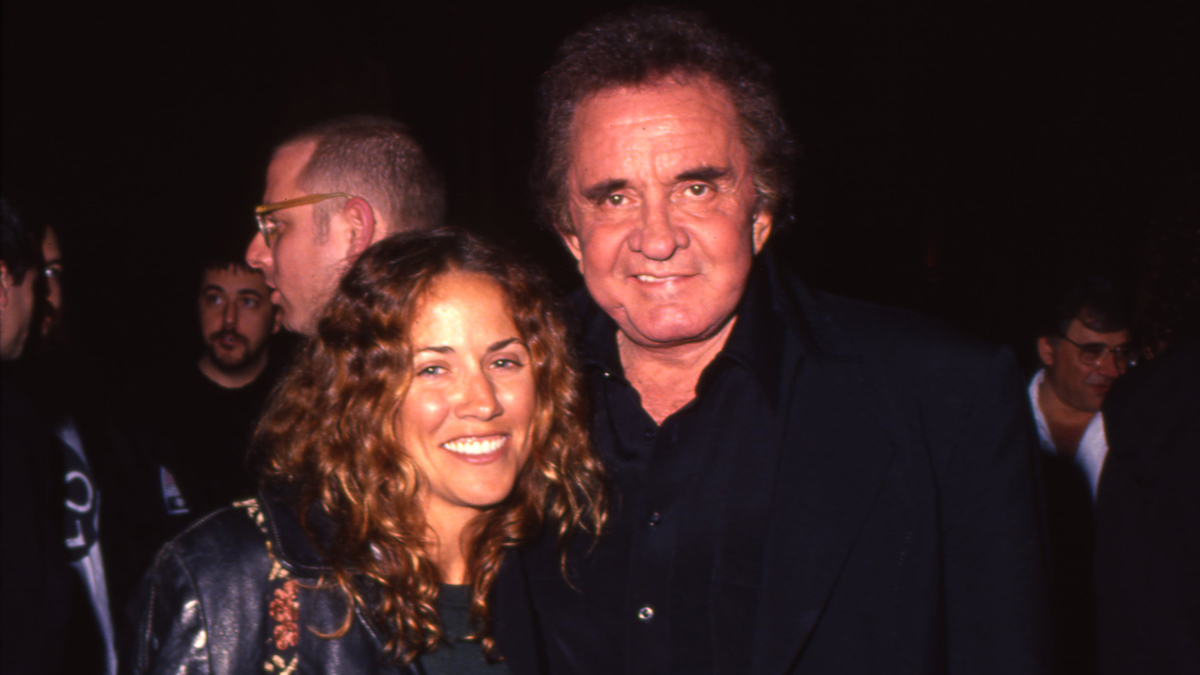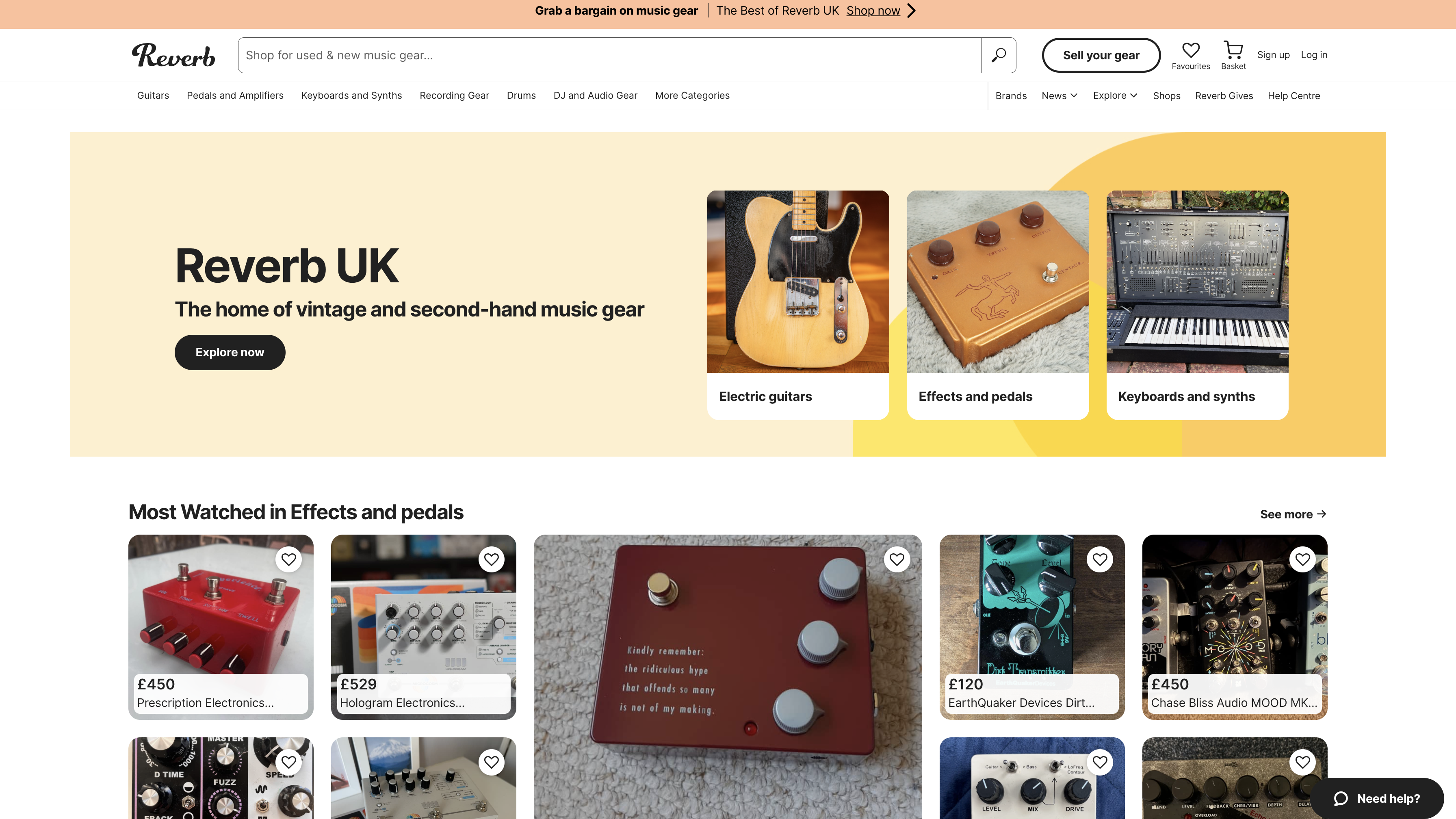Loukeman: "I put a pitch-shifter on the master bus. I love how it glues everything together and f*cks everything up"
Toronto-based producer Loukeman talks his new project Sd-2, sampling techniques and unconventional effects processing
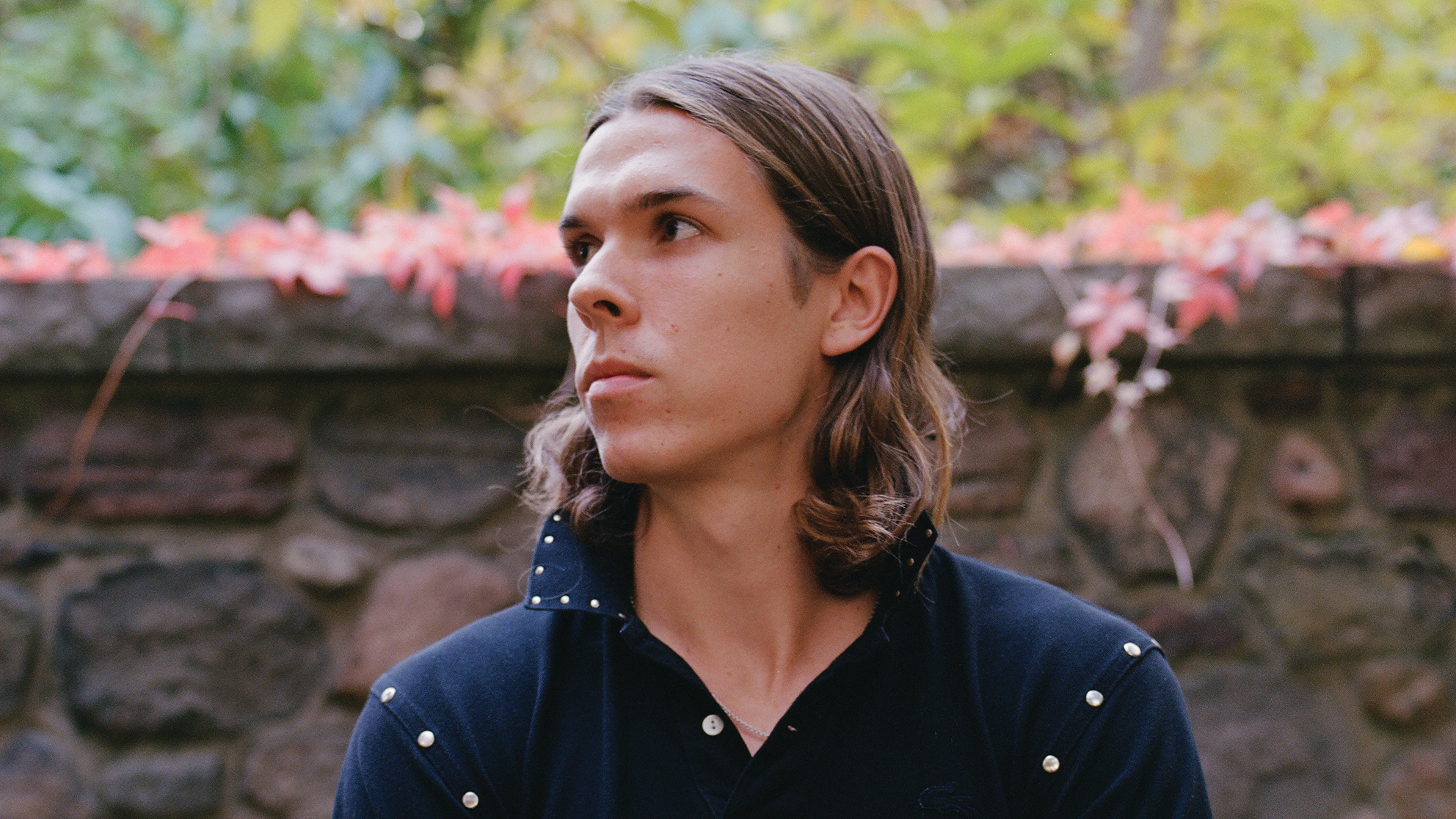
Working under the alias Loukeman, Toronto’s Luke Fenton makes fuzzy, fractured beats that sound like they’re breaking apart at the seams.
Lifting vocals from pop, indie and R&B, Fenton runs his samples through pitch-shifters and saturators to gift them with ghostly textures, before setting them against fizzing synth lines and crunchy analogue drums.
There’s no blueprint to Fenton’s music; his latest project, Sd-2, takes in tempos spanning hip-hop to drum ‘n’ bass, with a few fruitful detours into beatless ambience and guitar-led instrumentals along the way.
The thread that ties the tracks together is Fenton’s talent for recontextualizing unexpected samples through his truly unique take on effects processing, which makes everything sound beautifully degraded, or - in his words - a little bit “fucked up”.
We caught up with Loukeman to hear more about the making of Sd-2.
How did you first get involved with electronic music-making?
“I started in university. My best friends and I just started making music. My laptop broke and I had FL Studio on it, so I got a new laptop and got Ableton, and from then on I was hooked, and I just started making beats every day. It’s been five or six years.”
Get the MusicRadar Newsletter
Want all the hottest music and gear news, reviews, deals, features and more, direct to your inbox? Sign up here.
Tell us about the background to the new project.
“The first record I put out, Sd-1, was very much just a mixtape. It was a compilation of beats. I was flipping random samples and making random stuff. I made it within a month, mixed it and I didn’t even get it mastered. I uploaded it, and it chilled for a while and some songs got picked up. That was unexpected.
“Sd-2 was different, because it’s the first time I’ve put out music with some folks watching. It took me a little while to figure out what to do there. I spent two years nerding out on production stuff and just tried not to overthink it.”
Talk us through your current home studio space? Is that still mostly based around the laptop?
“The bulk of it is laptop stuff - the real sauce is mostly the laptop. But I have a few bits of hardware; a mixer and a few synths that I've used on both Sd-1 and Sd-2. But most of what I’m doing is from the computer; pitch-shifting plugins, stuff like that.”
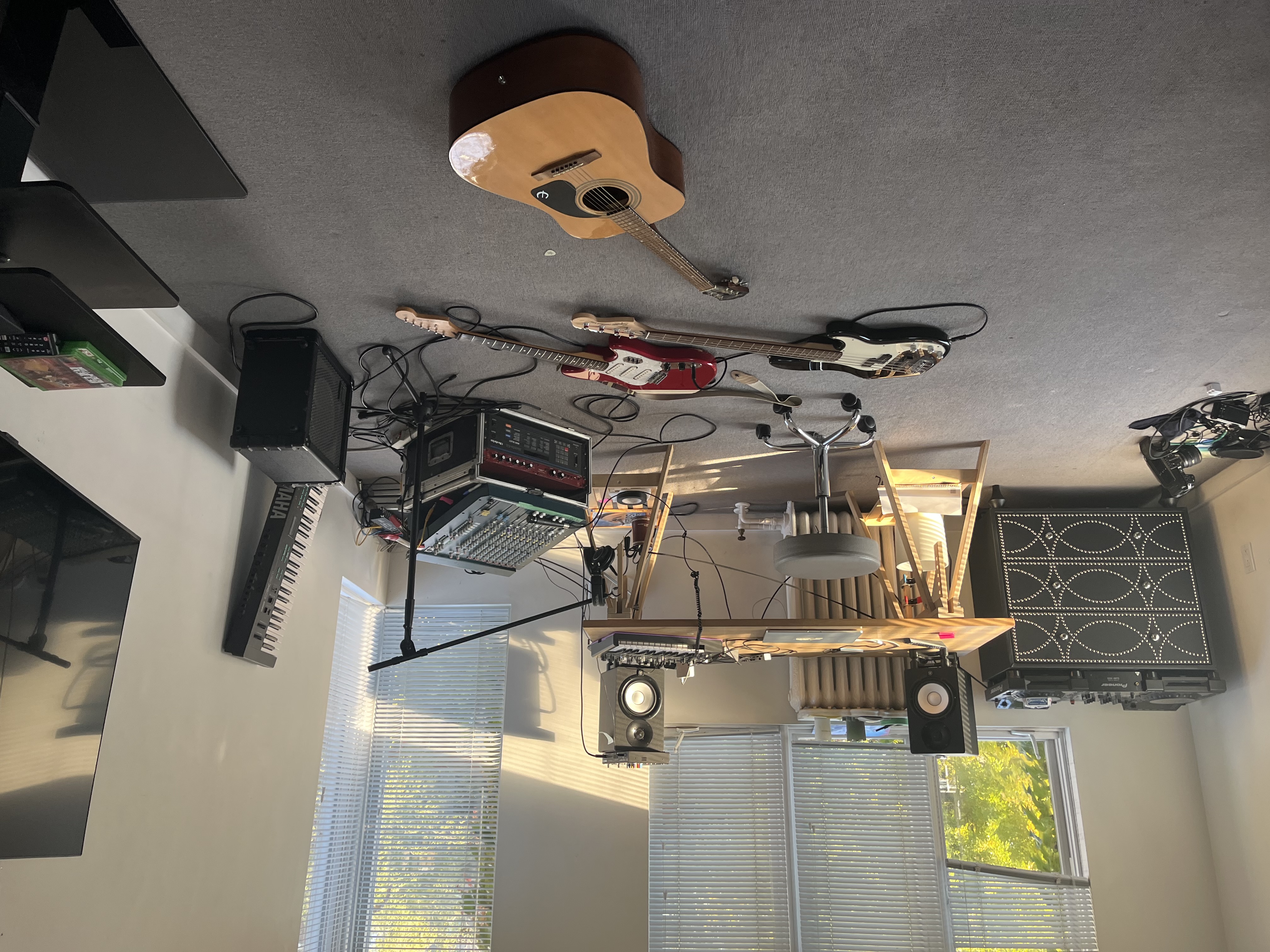
Which hardware synths have you got?
“My favourite is the Oberheim Matrix-6. I use a few drum machines too, I just got the Elektron Octatrack - it’s really sick, I love it. It’s so dense, but also limitless and super fun. I have the Analog Rytm MKI too.”
We love those. That compression and saturation stage on the Rytm’s master FX is gnarly.
“Exactly. It sounds so good. Winzzz from Sd-2 is like, completely Analog Rytm. Except for the vocal. I made the whole beat in the Analog Rytm with the master distortion and everything together. It’s two stems, that project in Ableton.”
Did you experiment with any new techniques on this project?
“Yeah. I spent two years making so much music, and then finished everything in a month. I was still learning how to make beats, and I still am, but throughout that period many things changed about how I make beats. Two years ago I was making beats a very different way than I am now.
“Incorporating drum machines has been helpful. And switching up how I use samples; not necessarily flipping a sample but more like working it into a song so it's not as obvious. Making things a bit more fucked up and trying to go for more of a hi-fi sound, rather than lo-fi house. Either/or is cool, but I was definitely trying to turn up my mixing a bit.”
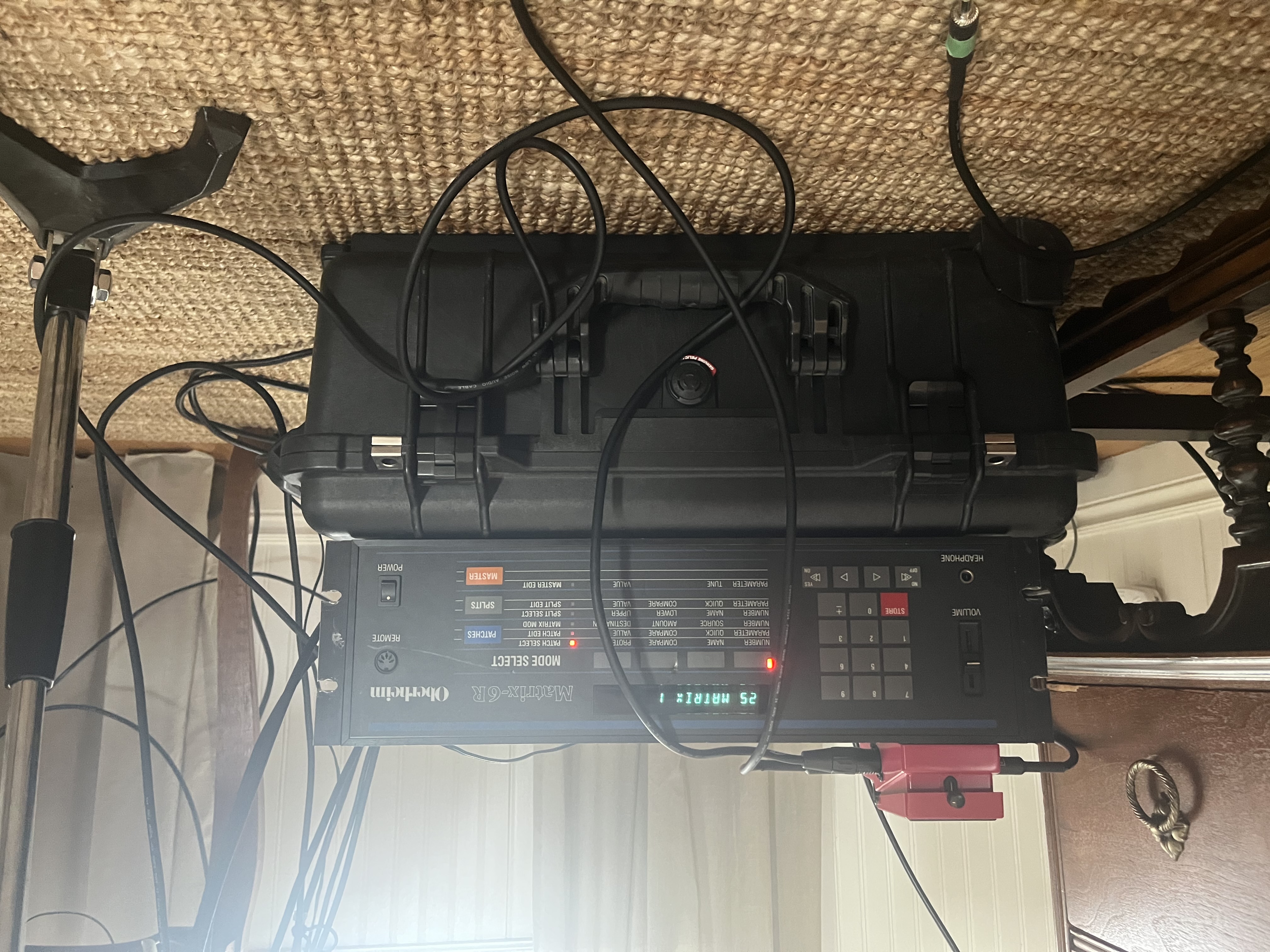
Could you run us through a couple of plug-ins that are really fundamental to your workflow or your sound?
“The main plugins I love are pitch-shifting plugins. The worse they are, the better. I find when you pitch-shift things around, there’s a crazy phase-shift, everything gets wide and washed-out in a really nice way. On the song Idrk, the whole track is pitch-shifted - there’s a pitch-shifter on the master. I like how it glues everything together and fucks everything up.”
Which pitch-shifters are you using?
“The Waves pitch-shifter for sure. I’ve been using the stock Apple pitch-shifter, AUPitch. That’s the new sauce. I put that on everything these days. If you have an Apple laptop, it’s in your plugin folder, because it comes with Garageband.
“It’s got this tightness knob, and that’s where you get this no-transient sound, so I just put that on drum loops and then print it. Even on the master it sounds crazy.”
How about soft synths?
“My favourite one is the Waldorf PPG Wave 3.V. It’s got no built-in reverb or delay, which is nice because I feel like those always sound bad. It’s super dry and boring-sounding, which I love. It sounds like an actual synth. Ableton’s Operator is all over everything too. Just a sine wave, pretty much, or a triangle.
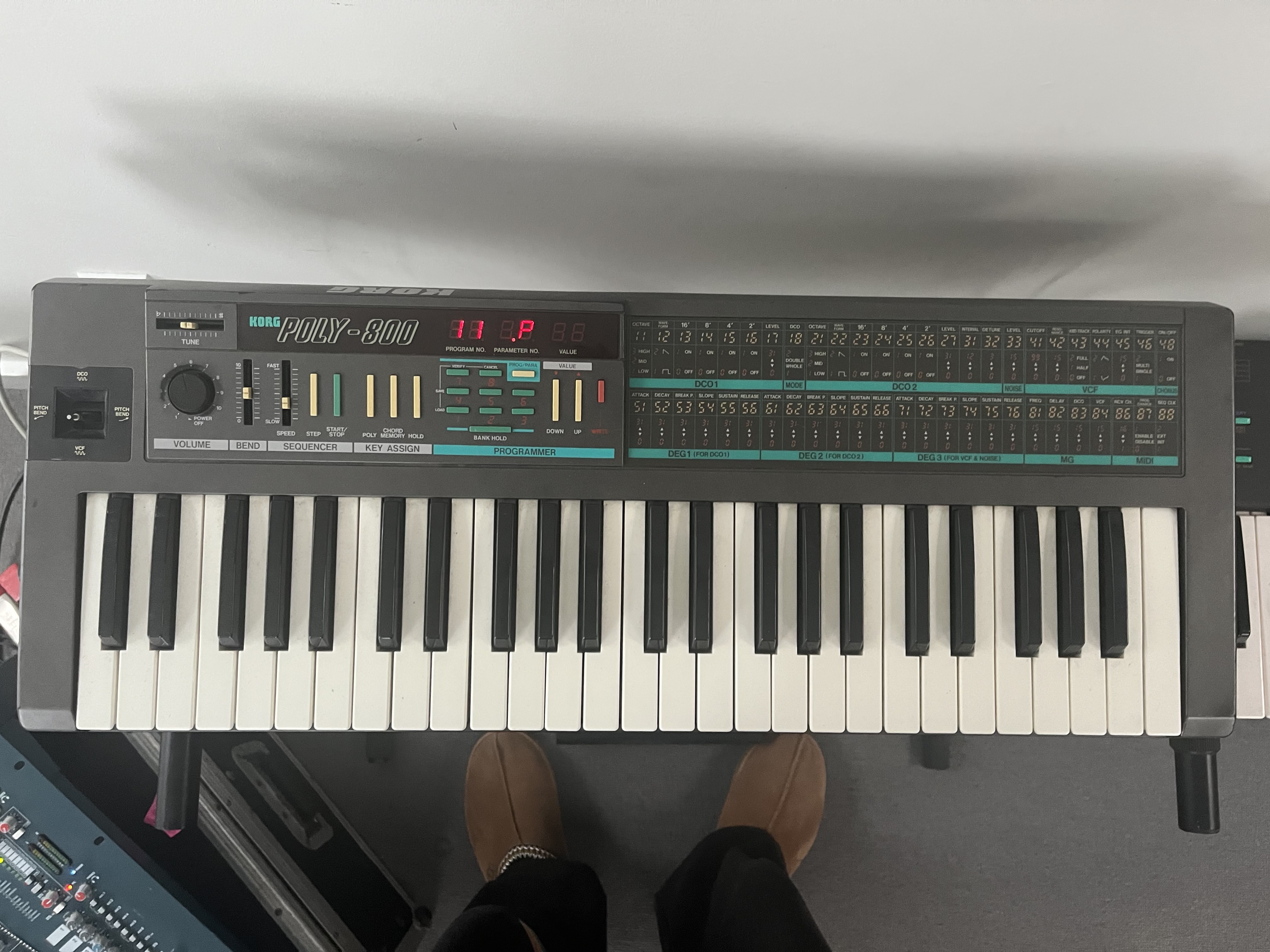
We wanted to ask about your approach to saturation and distortion, it’s all over the new project. What are some of your favourite ways to apply those effects?
“It’s mostly plugins, or the Analog Rytm. That saturator is so good. I’ll use a full drum group and saturate it, I always think that sounds so fire. I always have two saturators on the master too. I put Soundtoys Little Radiator on every single project. The Brainworx bx_saturator V2 too, that one for me always works well.
“I got this mixer recently, the Allen and Heath Mixwizard. This isn’t saturation, but with certain reverbs, if you send too much into it, it turns into this mushy saturated thing. On the track Idrk, those drums, that one’s a drum group from the Analog Rytm pushed into the reverb. It gets super fucked up.”
How often are you experimenting with new studio gear and software?
“I end up going to the same things all the time. But I'm super into new plugins and new gear… though that doesn't mean I'm making new things with them. It's just more fun. If you’re bored of making music, nerding out on a new plugin or synth is just fun, and can inspire something. The core things I use are kind of all the same though. It’s saturation pitch-shifting, and I use the Matrix a bunch.”
Is there anything on your studio wishlist?
“I want to get a Roland D-50. I was playing one and it was so much fun - it sounds almost like video game music. Maybe a Deckard’s Dream too, if I had the money. I like granular stuff, too, so something like that. I’d like to buy a bunch of guitar stuff - some really sick amps and pedals would be great.”
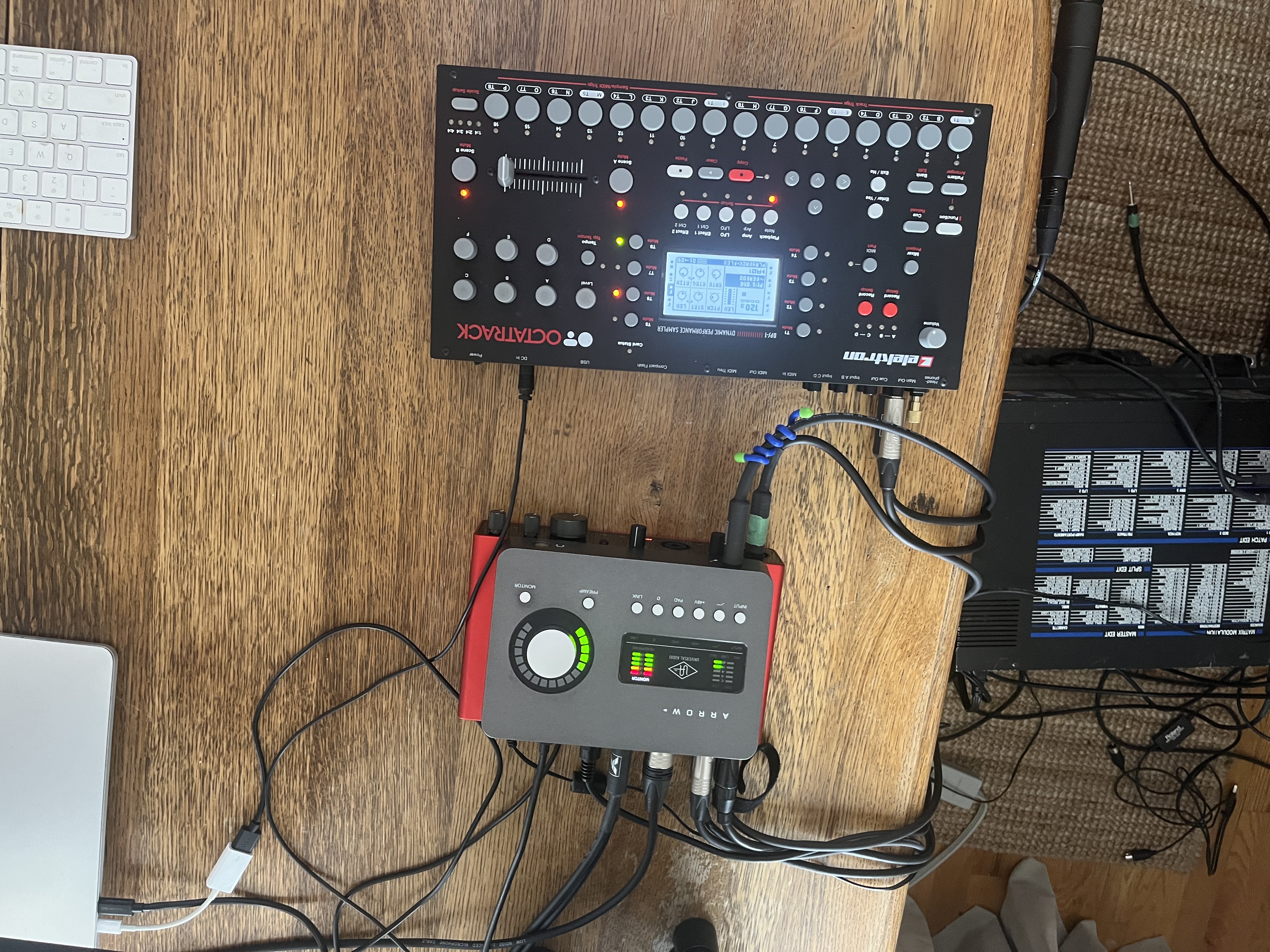
The guitar on the record, is that all you or is any of that sampled?
“Baby You’re a Star is a sample, that’s this random country song. Jumzz is me, and I had a friend play a solo at the end. I’ve been running all the guitars DI through the UAD amp emulations and iZotope Trash.”
Sampling is a core element of your sound. How do you find your samples?
“I might hear something and save it, then download it and then very randomly work it into a project. I try to keep it fairly random. I'll go through a moment of downloading a bunch of samples, then I'll have a folder on my laptop, and I'll just start a beat, writing a melody. Then I'll go to find a sample to work into something. I'm rarely flipping a sample, starting with the sample. It's usually something I work in.”
That’s interesting - a lot of people will begin a track with a sample and build things around that instead.
“That’s too much pressure on the sample. I don’t know how to make it different if it’s the only thing playing. Most of the time, I’ll write chords, and then because you have to fit the sample to the chords, you’ve got to make it all fucked up. That’s really cool. Starting with your own music and then fitting the sample in, that’s my sauce.”
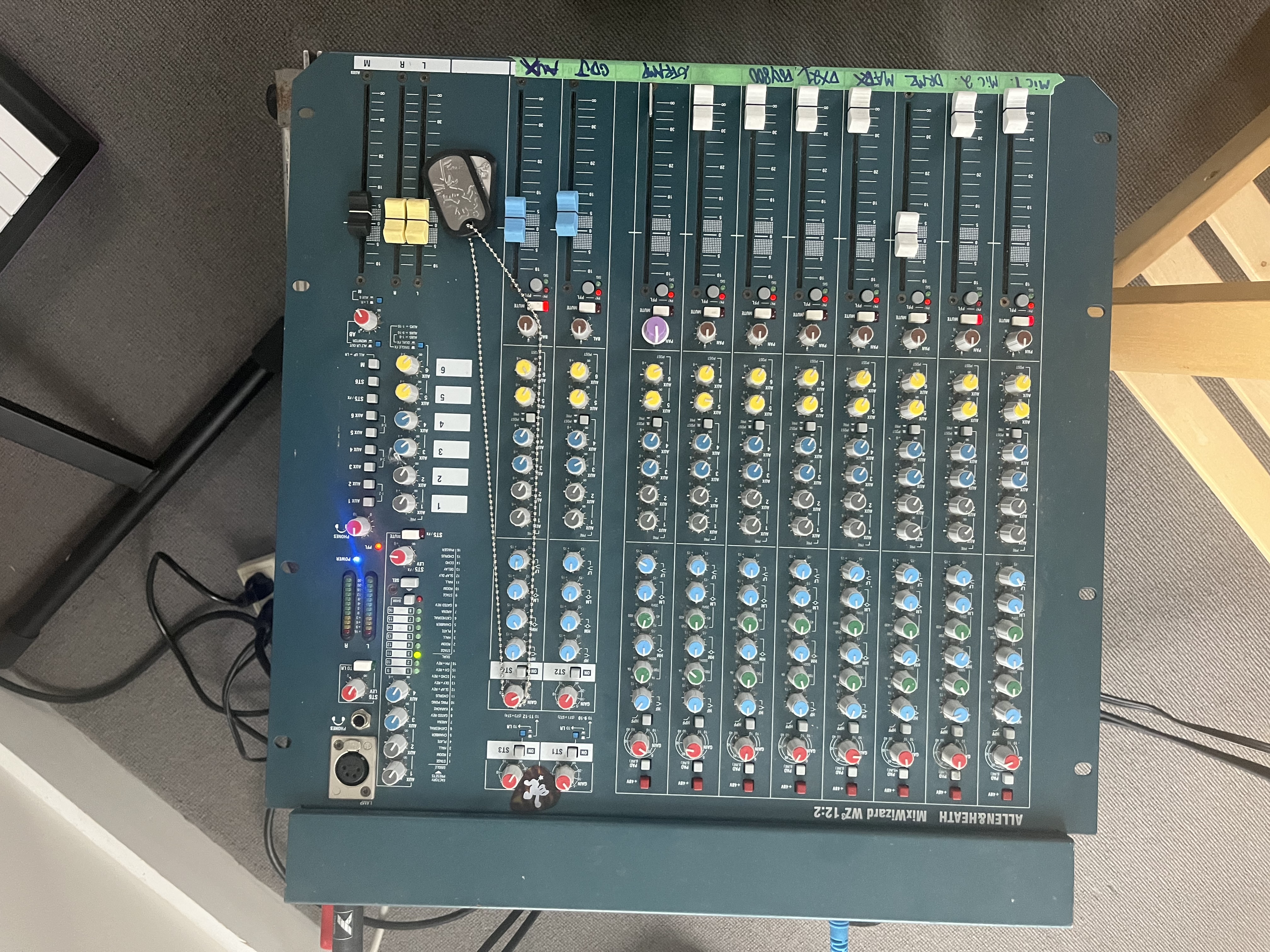
We’re curious about the vocal processing on Baby You’re a Star. How did you get that sound?
“That’s Mario’s Let Me Love You. It’s actually a replay of the song, it’s not actually the track. I’m using pitch-shifting and Melodyne for that. Melodyne has this polyphonic mode, where you can record in the sample, and then it’ll be broken up into the bass, the mids, the highs. So you can essentially extract the vocal from that. I love how the re-pitching sounds; it’s super phase-y and futuristic.”
Do you use any stem separation software?
“I love the AI stem separators. I use a really random one my friend put me on that works really well, it’s a Patreon thing. I love the artefacts that come with the AI stem separators.”
It’s almost like the worse they are the better!
“Yeah. For me, that’s the philosophy for most things; pitch-shifters as well, the worse they are the better!”
That’s one of the things we like about your music the most; there’s a degraded quality to the textures and timbres that makes it sound really interesting.
“I’m definitely paying attention to textures more than anything else. Most of the plugins I use, they’re not doing anything major, it’s just a subtle difference.”
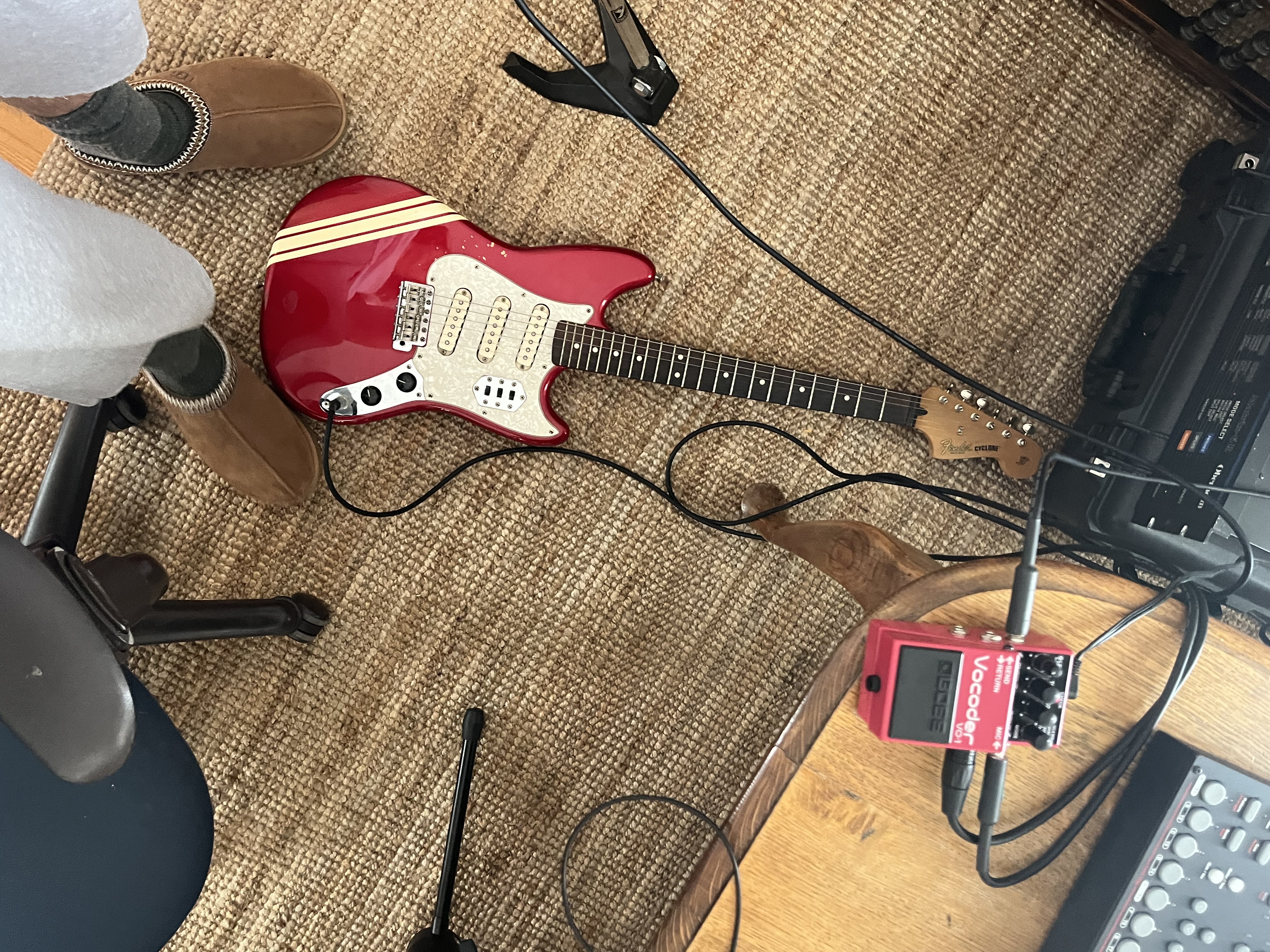
Speaking of texture, we wanted to ask about the synths on Gorgeous Stuff. There’s a lovely crackle to them. How did you get that sound?
“That song is literally two tracks. It’s the Matrix. Sometimes certain patches have this horrible crackle, and that one had it, and it was so bad and had so much crackle that it became part of the thing. I just ran through and played that once, then I did one more take with the Matrix, and I saturated it. It’s just those two tracks.”
We wanted to ask about Brokenheart too. We love that Justin Vernon sample. Talk us through that track?
“I love Justin Vernon’s acoustic stuff. I’ll just download things from radio shows or acoustic performances he does, and I had that on my laptop. I had written the chords with the PPG soft synth and distorted them, and then I thought I’d get some opposite vibes in there with the sample. The drums are the Analog Rytm.”
What about that descending synth line? It sounds like it’s going through a really tight room reverb or something.
“That’s a filtered vocal. That one’s a secret. That’s good you thought it was a synth though. That’s the plan - I never want the sample to be the whole thing, I want to mask it. For that, I’m using this software called Permut8, it’s a Sonic Charge plugin. It’s a flanger and a filter, it’s a really cool plugin actually.”
You’ve produced for other artists on top of your solo stuff, right?
“My friends, mostly. Dyltwosix, he does a lot of the artwork. Also my friend Ian Mills. I’m actually at a farmhouse with them right now, just outside the city. We’re here for a month just making music. Those are two of my biggest collaborators. Other than that, I try to focus less on people being talented musicians and more them being interesting people. If you’re interesting to me, you can make interesting music.”
Do you have any idea where you want to take your next project?
“It’s gonna be a trilogy. Sd-3 is gonna be a mixtape, I’m just working on it up here. It’s going to be a bit more beat tape-leaning, and a bit more fun and lighthearted and random. I want to make something very rough around the edges.”
Loukeman’s Sd-2 is out now.



I'm MusicRadar's Tech Editor, working across everything from product news and gear-focused features to artist interviews and tech tutorials. I love electronic music and I'm perpetually fascinated by the tools we use to make it. When I'm not behind my laptop keyboard, you'll probably find me behind a MIDI keyboard, carefully crafting the beginnings of another project that I'll ultimately abandon to the creative graveyard that is my overstuffed hard drive.
“It’s radical. It’s like magic. I get chills”: How Rick Rubin’s philosophy of chance led System of a Down to the first metal masterpiece of the 21st century
“I just treated it like I treat my 4-track… It sounds exactly like what I was used to getting with tape”: How Yves Jarvis recorded his whole album in Audacity, the free and open-source audio editor

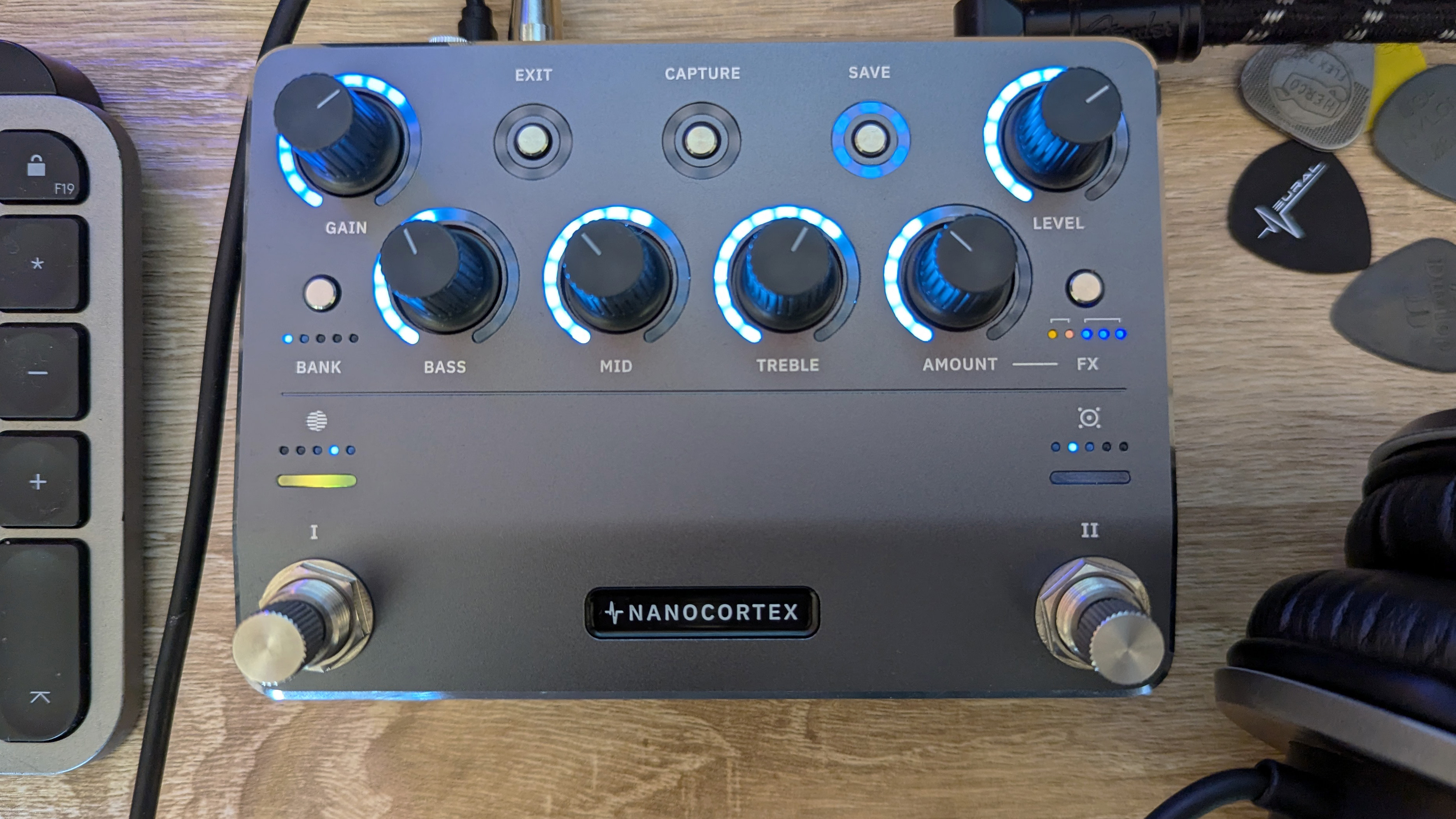
![Gretsch Limited Edition Paisley Penguin [left] and Honey Dipper Resonator: the Penguin dresses the famous singlecut in gold sparkle with a Paisley Pattern graphic, while the 99 per cent aluminium Honey Dipper makes a welcome return to the lineup.](https://cdn.mos.cms.futurecdn.net/BgZycMYFMAgTErT4DdsgbG.jpg)
